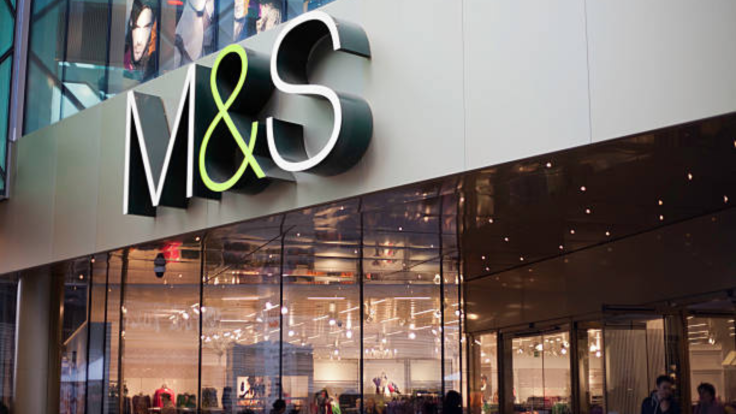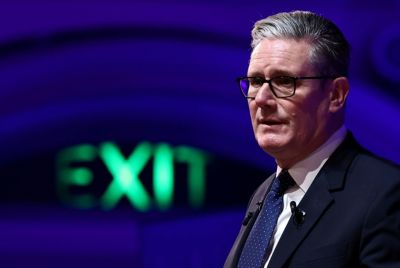M&S CEO Targeted in Ransom Hack: A Warning Sign for Executive-Level Cyber Threats
M&S CEO and exec team targeted in £300m ransomware attack by Scattered Spider

Marks & Spencer's Chief Executive, Stuart Machin, along with seven senior colleagues, became the direct targets of a chilling ransomware attack in spring 2025. The cybercriminal group known as Scattered Spider infiltrated the core of the British high street giant, boasting of their breach in a provocative email sent directly to the executive team.
This was no ordinary cyber alert. The message was taunting and deliberate. The attackers demanded negotiations through a dark web portal and claimed to have encrypted access to internal systems. They also exposed sensitive data linked to nearly 9.4 million customers. The breach went beyond IT disruption. It sent shockwaves through the entire company hierarchy.
A Calculated Attack, Not a Random Breach
The hackers gained access by exploiting vulnerabilities in a third-party IT vendor, slipping in due to human error. Once inside, they encrypted key digital infrastructure, triggering widespread disruption across over 1,400 M&S stores. From online order systems to in-store logistics, the effects were immediate and visible.
Scattered Spider is known for using social engineering tactics. Rather than relying on brute force, they impersonate employees and manipulate help desk staff to gain access. In this case, they bypassed conventional cyber defences and struck directly at the leadership level, causing halted transactions, delivery delays and damage to operational continuity.
A Financial Blow Costing Hundreds of Millions
The timing could not have been worse. M&S had been gaining ground thanks to a long-term strategic turnaround. Executives warned that the ransomware attack may wipe out up to £300 million in trading profits. While some losses may be recoverable through cyber insurance, the forecast points to ongoing disruption well into the summer.
The market responded sharply. Within days, the retailer lost around £1.2 billion in market value. Analysts highlighted the wider impact, including strained supplier relationships, gaps in product availability and a dip in customer confidence at a critical point in the company's recovery.
A New Cybersecurity Frontier: Targeting Executives
What makes this attack especially alarming is its focus on individuals rather than just infrastructure. This was not only a breach of corporate systems. It was a direct assault on the people leading the business.
Cybersecurity experts warn that targeting senior executives is becoming a common tactic. High-level decision-makers often lack the training to detect phishing attempts and may be under pressure to respond quickly. This incident highlights how vulnerable the C-suite can be when cybersecurity is seen as solely an IT issue.
Cybersecurity is Now a Leadership Responsibility
Too many organisations still treat cyber defence as a background technical task. But when hackers go straight for the CEO's inbox, it becomes a question of leadership, governance and communication.
Marks & Spencer has launched a full internal investigation and is working closely with regulators. The Information Commissioner's Office has been informed. While the company has not confirmed whether a ransom was paid, it has pledged to strengthen its digital defences. This includes executive-level security training and stricter oversight of third-party vendors.
What Every Business Needs to Learn Now
This is more than a cautionary tale. It is a wake-up call. Hackers no longer need to break through walls when they can walk through the front door using a single human vulnerability.
Businesses must rethink their security strategies. That means educating boards, stress-testing defences and demanding higher standards from partners. When top executives become the frontline, the stakes are no longer technical. They are existential.
© Copyright IBTimes 2025. All rights reserved.





















